SWEET & SAVORY
FAT BOMBS
100 Delicious Treats for
Fat Fasts, Ketogenic, Paleo, and Low-Carb Diets
Martina Slajerova


2016 Quarto Publishing Group USA Inc.
Text 2016 Martina Slajerova
Photography 2016 Quarto Publishing Group USA Inc.
First published in the United States of America in 2016 by
Fair Winds Press, an imprint of
Quarto Publishing Group USA Inc.
100 Cummings Center
Suite 406-L
Beverly, Massachusetts 01915-6101
Telephone: (978) 282-9590
Fax: (978) 283-2742
QuartoKnows.com
Visit our blogs at QuartoKnows.com
All rights reserved. No part of this book may be reproduced or utilized, in any form or by any means, electronic or mechanical, without prior permission in writing from the publisher.
Digital edition published in 2016
Digital edition: 978-1-63159-172-3
Softcover edition: 978-1-59233-728-6
Library of Congress Cataloging-in-Publication Data available.
Design: Burge Agency
Cover Image: Martina Slajerova
Photography: Martina Slajerova
The information in this book is for educational purposes only. It is not intended to replace the advice of a physician or medical practitioner. Please see your health-care provider before beginning any new health program.
Id like to thank my parents for allowing me to follow my ambitions and my fianc Nikos for believing in me.
I would also like to dedicate this book to Hana, my best childhood friend, who recently passed away. Thank you for being in my life. I am so lucky that you were my friend.
Contents
Guide
Introduction
Its been four years since I decided to cut out sugar, grains, and processed foods from my diet. Heres why: Even though I ate well and exercised regularly, I suffered constantly from fatigue and other issues and, in 2011, I was diagnosed with Hashimotos hypothyroidism, an autoimmune disease. My doctor prescribed medication, but that didnt help with some of the symptoms I was experiencing. Plus, maintaining a healthy weight proved to be a huge challenge, and even though I was sleeping more than 9 hours each night, I had zero energy.
Finally, I decided to do my own research and, like many other health-conscious folks, I started following a low-carb, primal diet. I havent looked back since. I feel better than ever and, for the first time in my life, I dont feel like Im dieting all the time. I have more energy; I exercise less than I used to, and still manage to maintain a healthy weight.
Quitting sugar and grains wasnt easy at first, but once I survived the first three or four weekswhich were mainly devoted to recovering from my sugar hangoverI realized how easy it was to avoid carbs. I was also delighted that I was able to enjoy delicious, nutritious foods that I used to think were unhealthyand that I finally got my health condition under control. What I realized is, once you make the decision to go low-carband commit to ityoull soon stop missing sugar and grains, and youll enjoy eating whole foods without being plagued by cravings.
Dont get me wrong: I love treats and snacks just like anyone else! Luckily, theres a healthy, low-carb way to enjoy truffles, ice cream, and even chocolate bars. And thats where this book comes in. My previous cookbook, The KetoDiet Cookbook (2015), features more than 150 low-carb recipes suitable for everyday cooking on a ketogenic dietbut this book will show you how to make more than 100 recipes for sweet treats and filling, savory snacks (plus quick meal ideas that wont spike your blood sugar). But first, what is the KetoDiet, and why is it a good idea to eat more healthy fats and fewer carbs?
Chapter 1
The KetoDiet in a Nutshell
A ketogenic diet is a type of low-carbohydrate diet thats high in fat, moderate in protein, and low in carbs. Typically, the macronutrient ratio in terms of calories sits within the following ranges:
 60 to 75 percent (or even more) of calories from fat
60 to 75 percent (or even more) of calories from fat
 15 to 30 percent of calories from protein
15 to 30 percent of calories from protein
 5 to 10 percent of calories from carbs
5 to 10 percent of calories from carbs
To follow a low-carb, ketogenic diet, you can limit either your total carb intake or your net carb intake. Net carbs are total carbs without fiber.
Since the KetoDiet is a high-fat diet, most of your daily energy intake should come from fats. Increasing your fat intake and cutting carbohydrates lead to a beneficial metabolic state called ketosis. Ketosis causes the liver to produce ketone bodies, which shift the bodys metabolism away from using glucose as the main energy source and encourage it to utilize fat instead. Simply put, this means your body will burn fat instead of sugar, and itll learn to use ketones and fat as its primary sources of energy.
Switching to fat as your primary energy source has lots of benefits. First of all, when you eat fewer carbs (50 grams or less of total carbs a day), youll experience fewer cravings and will naturally eat less. Second, with adequate protein intake, a ketogenic diet enhances your ability to build and preserve muscle tissue. Finally, carb restriction is not only beneficial for weight management, but also has myriad health benefits. Several clinical trials have shown that low-carb diets can improve health conditions such as diabetes, Alzheimers, epilepsy, and even cancer.
That said, its not just how much fat and protein you consume that matters. Food quality plays a major role in weight management and in your overall well-being. When you increase your fat intake on a low-carb diet, always opt for these healthy fats:
 Saturated fats (lard, tallow, chicken fat, duck fat, goose fat, clarified butter/ghee, butter, coconut oil). Saturated fats have gained a bad reputation over the years, but recent studiessuch as a meta-analysis published in the January 2010 issue of The American Journal of Clinical Nutritionshow no link between the consumption of saturated fats and coronary heart disease. Saturated fats are the most stable fats; their high smoke points make them perfect for cooking.
Saturated fats (lard, tallow, chicken fat, duck fat, goose fat, clarified butter/ghee, butter, coconut oil). Saturated fats have gained a bad reputation over the years, but recent studiessuch as a meta-analysis published in the January 2010 issue of The American Journal of Clinical Nutritionshow no link between the consumption of saturated fats and coronary heart disease. Saturated fats are the most stable fats; their high smoke points make them perfect for cooking.
 Monounsaturated fats, also known as heart-healthy fats (avocado, macadamia, and olive oil).
Monounsaturated fats, also known as heart-healthy fats (avocado, macadamia, and olive oil).
 Polyunsaturated fatty acids, especially omega-3s from animal sources (fatty fish and seafood). Both omega-3 and omega-6 fatty acids are essential, which means our bodies cannot synthesize them, so we need to get them from foods we eat. Studies show that most people are deficient in omega-3 fatty acids but consume too much of the omega-6 variety. The aim is to balance your omega-6-to-omega-3 ratio.
Polyunsaturated fatty acids, especially omega-3s from animal sources (fatty fish and seafood). Both omega-3 and omega-6 fatty acids are essential, which means our bodies cannot synthesize them, so we need to get them from foods we eat. Studies show that most people are deficient in omega-3 fatty acids but consume too much of the omega-6 variety. The aim is to balance your omega-6-to-omega-3 ratio.


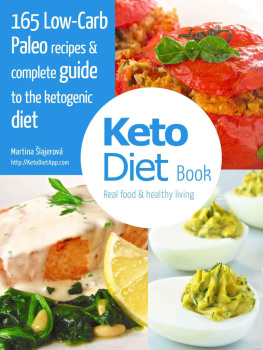
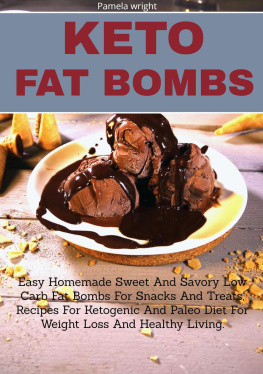
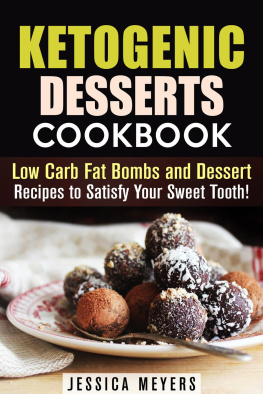
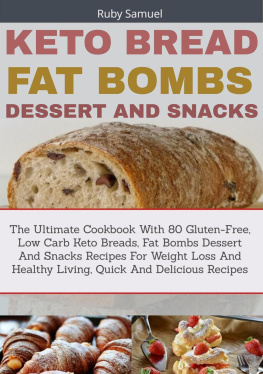
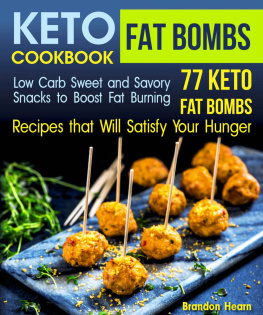
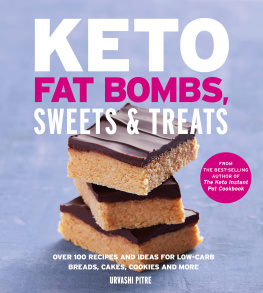
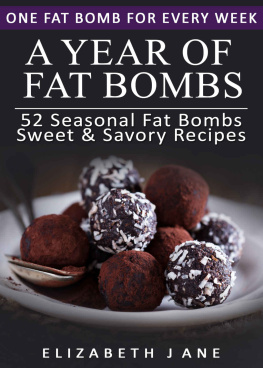
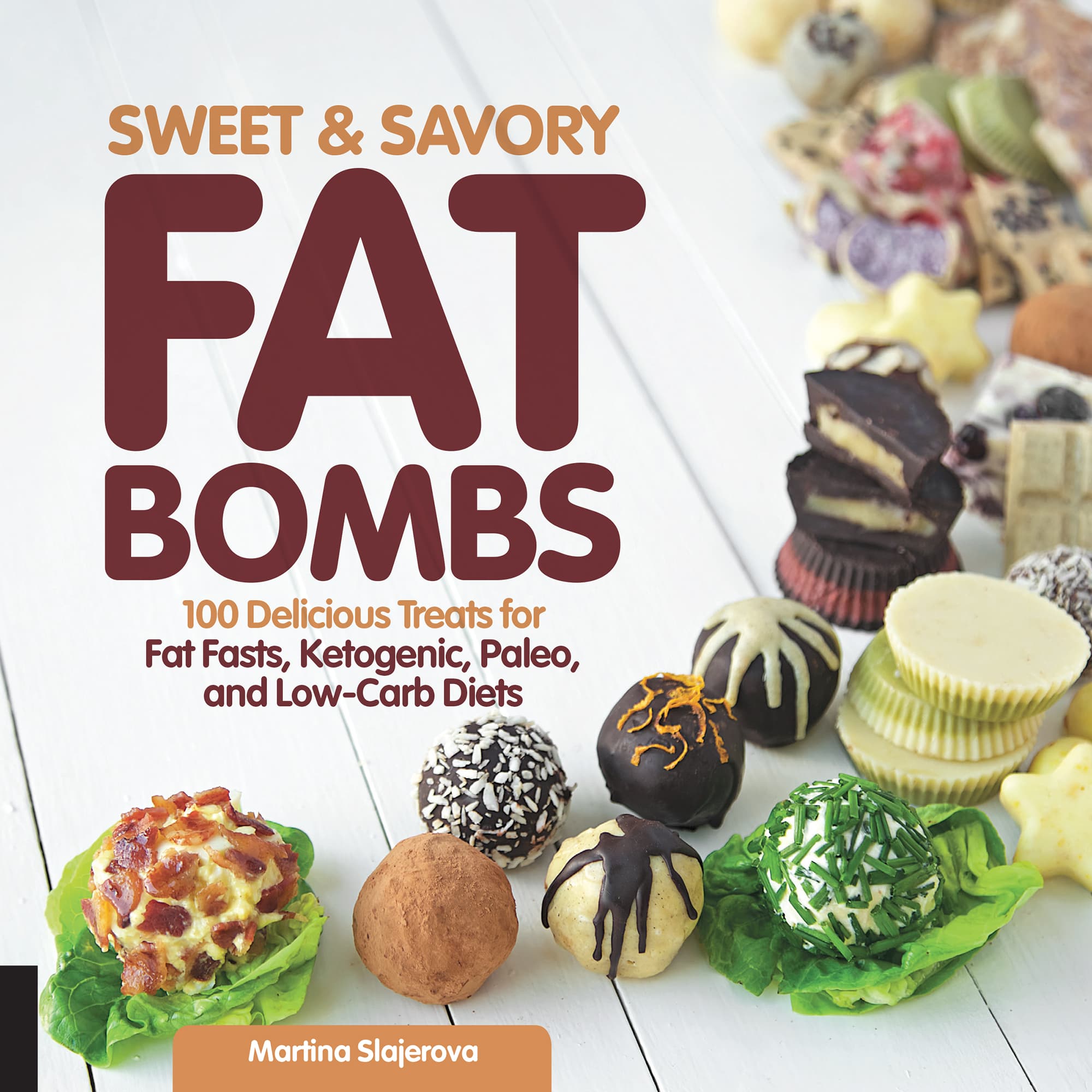





 60 to 75 percent (or even more) of calories from fat
60 to 75 percent (or even more) of calories from fat